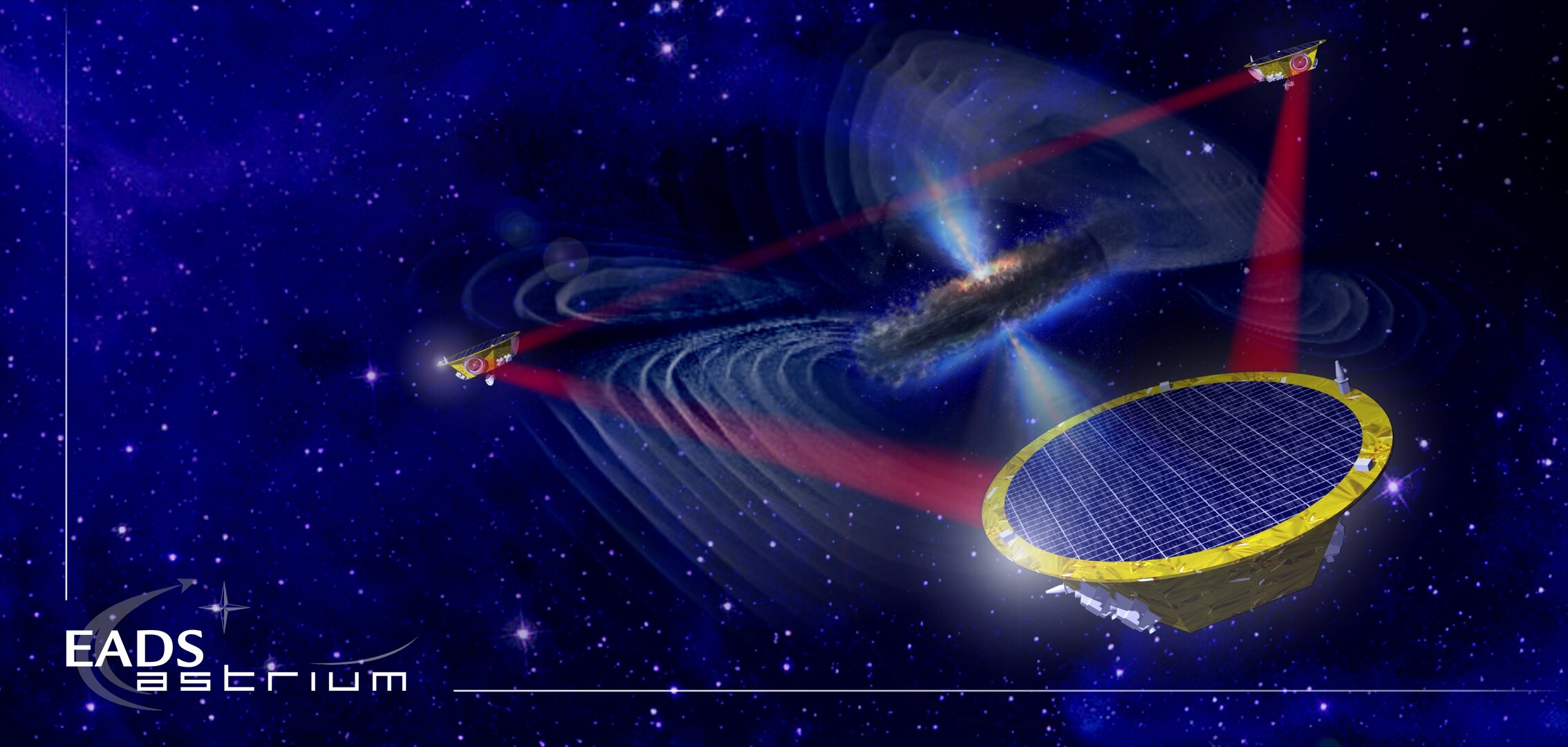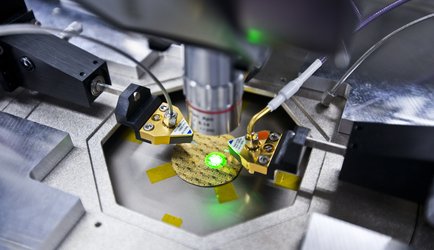Control Systems
In order for satellites or space vehicles to accomplish their mission their orientation and position in space often require extremely precise management,performed by onboard control systems.
What is the Control Systems domain?
Control engineering focuses on the modelling of dynamic systems and the design of closed-loop controllers that cause these systems to behave in the manner desired.
In a closed-loop control system, a set of sensors monitors the output (for example, the satellite pointing direction, or the space vehicle relative position) and feeds the data to a computer which continuously adjusts the control input (through actuators) as necessary to keep the control error to a minimum (that is, to maintain the desired pointing orientation or relative position).
Feedback on how the system is performing allows the controller in the onboard computer to compensate dynamically for disturbances to the system. An ideal feedback control system cancels out all errors, effectively mitigating the effects of any forces that may arise during operation and producing a response in the system that perfectly matches the user's wishes.
The space applications this discipline encompass includes satellite attitude and orbit control, antennas or optical terminal fine pointing, and more generally guidance, navigation and control for space vehicles that have to accomplish specialised functions such as formation flying and orbital rendezvous, landing on asteroids and planetary bodies as well as re-entry through Earths atmosphere.
Attitude and Orbit Control Systems (AOCS) are required for all space missions. The general scope of a satellites trajectory is set by the launcher that hauls it skyward – selected by orbital dynamics experts long in advance of the satellite being built – after which smaller thrusters manoeuvre it into its operational orbit. After that the onboard closed-loop control is in charge of controlling the spacecrafts pointing direction – known as its attitude – as it proceeds along its orbital path.
The problem is that satellites have their attitude perturbed in various ways, whether by airdrag from the outermost layers of the atmosphere or Earths gravitational influence or solar radiation pressure exerted on large appendages, or interaction between Earth's magnetic field and satellite magnetic dipoles. A satellite attitude is also disturbed by its own contents which can set up undesirable vibrations liquid sloshing in a propellant tank and oscillations of large solar wings are classical examples.
The perturbing effects of such external and internal torques need then to be counteracted by the AOCS. This system incorporates sensors to identify the satellite's current attitude (such as gyroscopes, startrackers, Sun sensors or magnetometers) and actuators (including thrusters, reaction wheels or magnetic torquers) to trigger the desired corrective rotations around the satellites centre of mass.
Why is Computer Systems important?
The set tasks of many spacecraft require them to maintain specific absolute and relative pointing within acceptable errors and this is achieved by the on-board AOCS. Communication satellite antennas need to respect half-cone pointing errors for ground stations and users, while space astronomy observatories or Earth observing satellites have in addition to ensure high stability of the line-of-sight of optical or radio frequency instruments.
Similarly, Guidance, Navigation and Control (GNC) systems ensure that planetary probes and transportation vehicles shall maintain not only their pointing orientation, but also their absolute or relative position in space in order to achieve a successful rendezvous with a target, or an autonomous and safe landing on a planetary body or to maintain the relative six degrees of freedom (DOF) positioning when it comes to a a formation flying mission. Specialised sensors are required in this case, such as rendezvous sensors, Lidar or Optical Navigation cameras, radio frequency and optical metrology systems.
So AOCS/GNC is a crucial subsystem – a mission will come to a premature end if it fails. The level of performance required from the AOCS/GNC varies from mission to mission: A communications satellite pointing to a ground station might require an accuracy of 0.1 degrees while a space telescope seeking a certain astronomical target needs to be thousands of times more precise. Formation flying and planetary lander missions currently in the planning stages will need also high precision for relative navigation and positioning.




